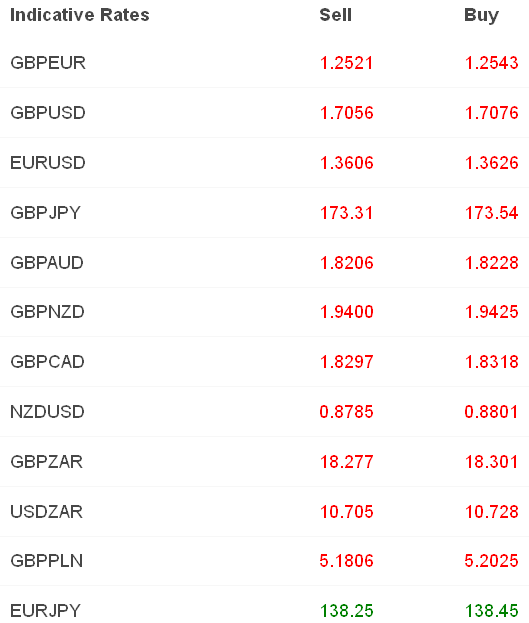Markets trod water yesterday, waiting on public appearances from two of the world’s most important central bankers.
Janet Yellen will sit in front of the Senate Banking Committee this afternoon with the majority of her comments having been telegraphed by last week’s minutes from the latest Federal Reserve meeting in June. Likewise an interview published in the New Yorker magazine reinforced her dovish credentials. According to Dr Yellen the US economy, even once it is “back on track and where we want it to be”, will continually “require an unusually accommodative monetary policy”. We expect her to be questioned on this later today alongside the typical, listless questioning from policy makers.
This will be the first time that Yellen has been questioned about the jobs market since the payrolls release earlier this month that saw 288,000 jobs added in the month of June. Despite that, we expect the conversation to remain about an economy that is seeing strong levels of job creation be ignored given the paucity of wage increases, fears over the level of slack in the employment market and the relative softness of the inflation picture.
As has been dripping from other Federal Reserve communications, policy is very data dependent and this week’s calendar will give us a better look at how well the US economy bounced back from that disastrous Q1 GDP announcement. We are looking for a strong GDP return figure for the months of April, May and June – currently tracking around 2.9% QoQ – and today’s retail sales, Wednesday’s industrial production and Thursday’s housing starts announcements will send the measurement one way or the other.
We are optimistic on retail sales and housing starts following the recent improvements in consumer confidence, wages and a weather-related surge in home owner look through into construction. We could easily see a GDP readout on the 30th of above 3.0% on the quarter if retail sales beat today’s 0.6% consensus.
Carney’s comments today to the Treasury Select Committee on the June Financial Stability Report may see some comments on the prospects for interest rate rises in the United Kingdom, with a Bloomberg survey yesterday showing that a third of economists believe that we will see a rate rise by the end of the year.
Today’s inflation release is important for that third. Last month’s CPI release fell to a 4 year low of 1.5% and further weakness would allow the Bank of England to lean on the lack of price pressures in a bid to keep monetary policy as loose as possible going forward. As we stated yesterday we will be looking at the core price element to discount away the effects of likely food price inflation and believe that there is the possibility that this has been depressed further following extra gains in the value of the pound in the past month. Sterling is only 0.7% lower than the 5 year trade weighted high it hit last month as we open up this morning, but took a hit yesterday on a rumour that inflation would miss its 1.6% consensus number.
Overnight the Bank of Japan and the Reserve Bank of Australia have been in the news by continuing the status quo in their respective economies. The Bank of Japan left stimulus unmoved and reiterated the belief that it will hit its 2% inflation target. While we were priced out of our near-term expectations that we would see additional stimulus from the Bank of Japan this summer, there is still belief that the post-sales tax rebound in spending and growth will be weaker than expected and, with inflation will need another round of asset purchases.
The Reserve Bank of Australia’s minutes from its latest meeting continued the language of “steady as she goes”. “Low interest rates were working to support demand, but members agreed that it was difficult to judge the extent to which this would offset the anticipated substantial decline in mining investment and the effect of planned fiscal consolidation” was the key takeaway from the document. AUD is slightly lower this morning as a result.

